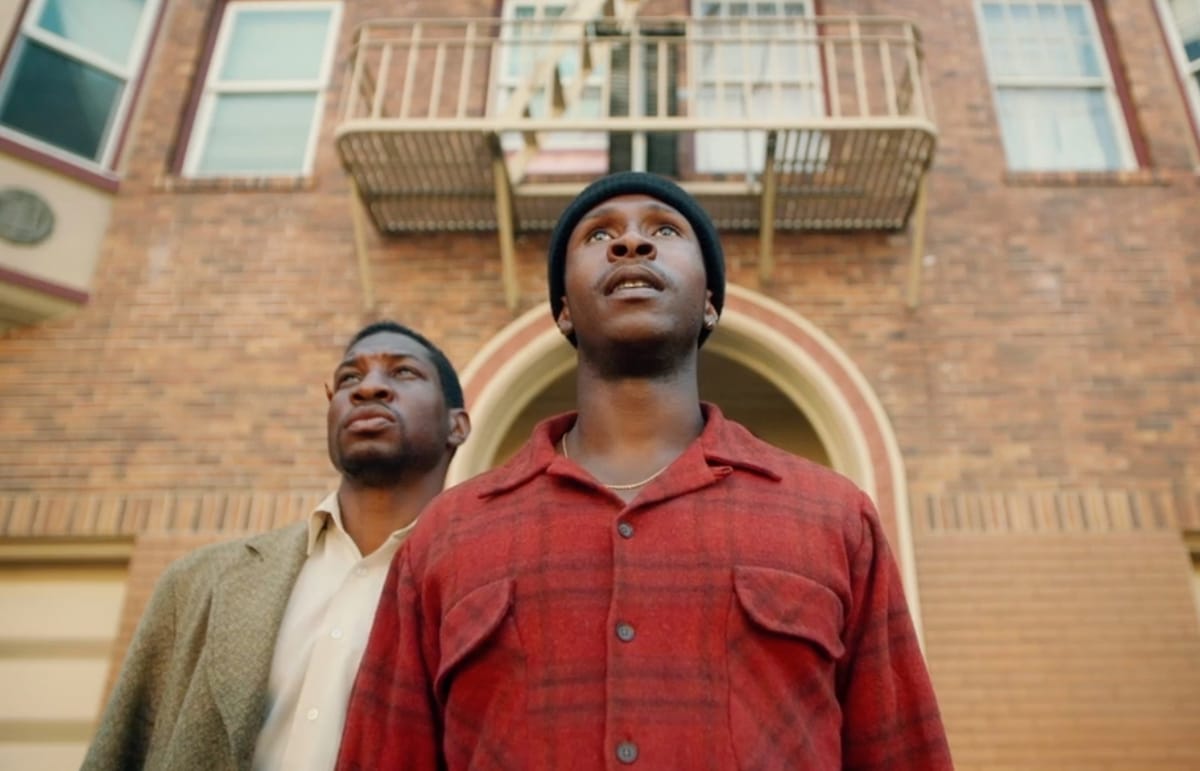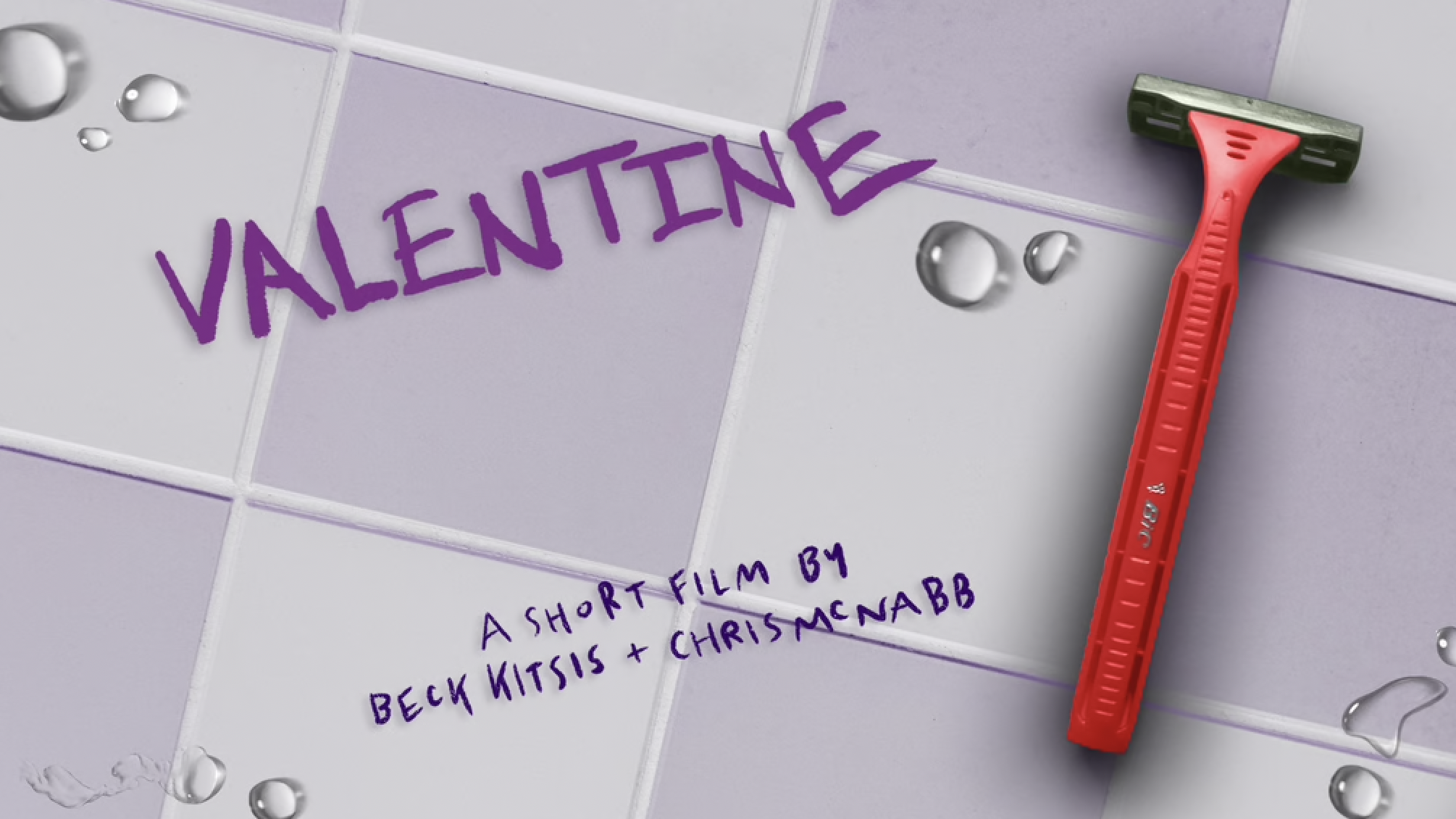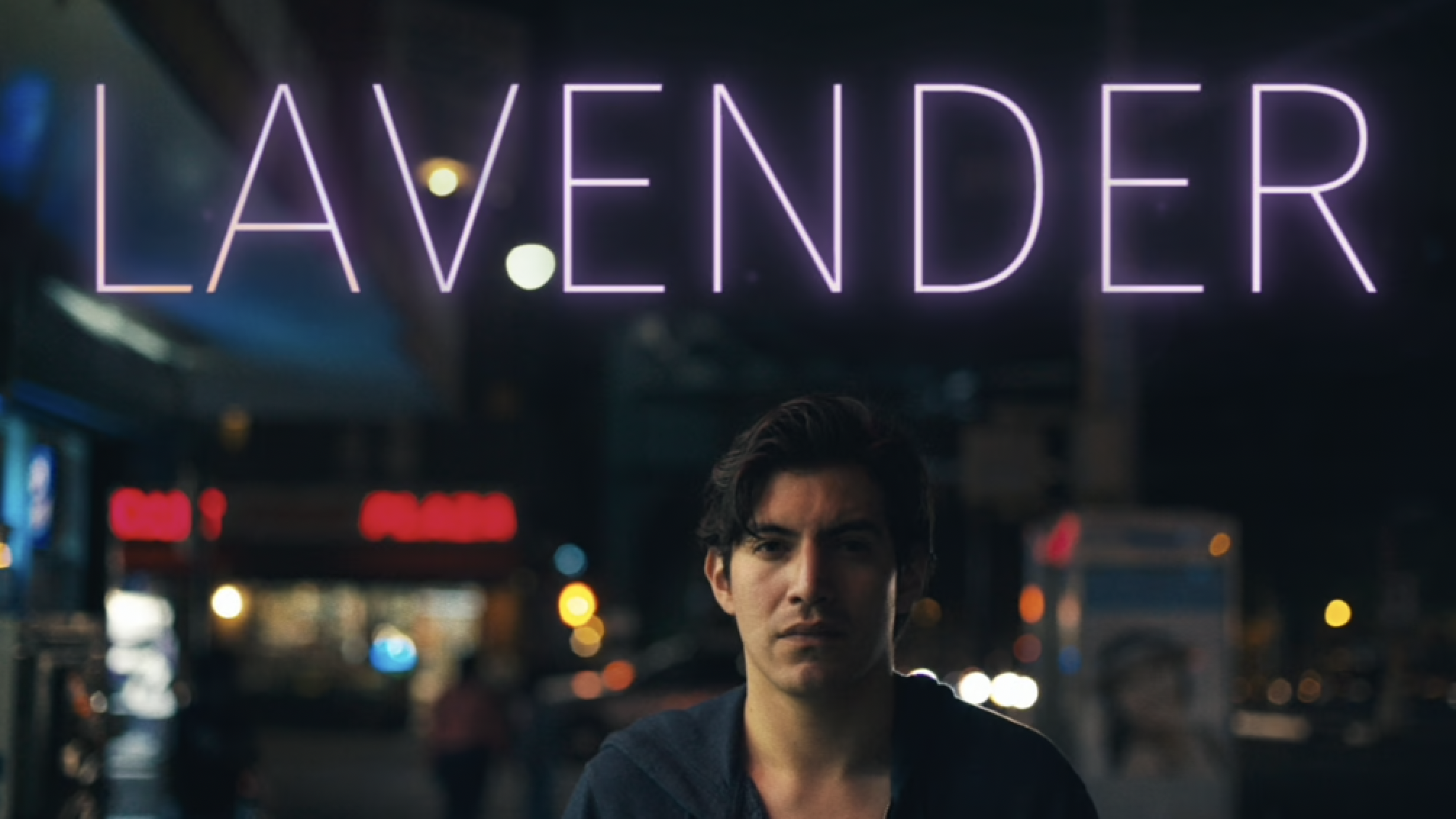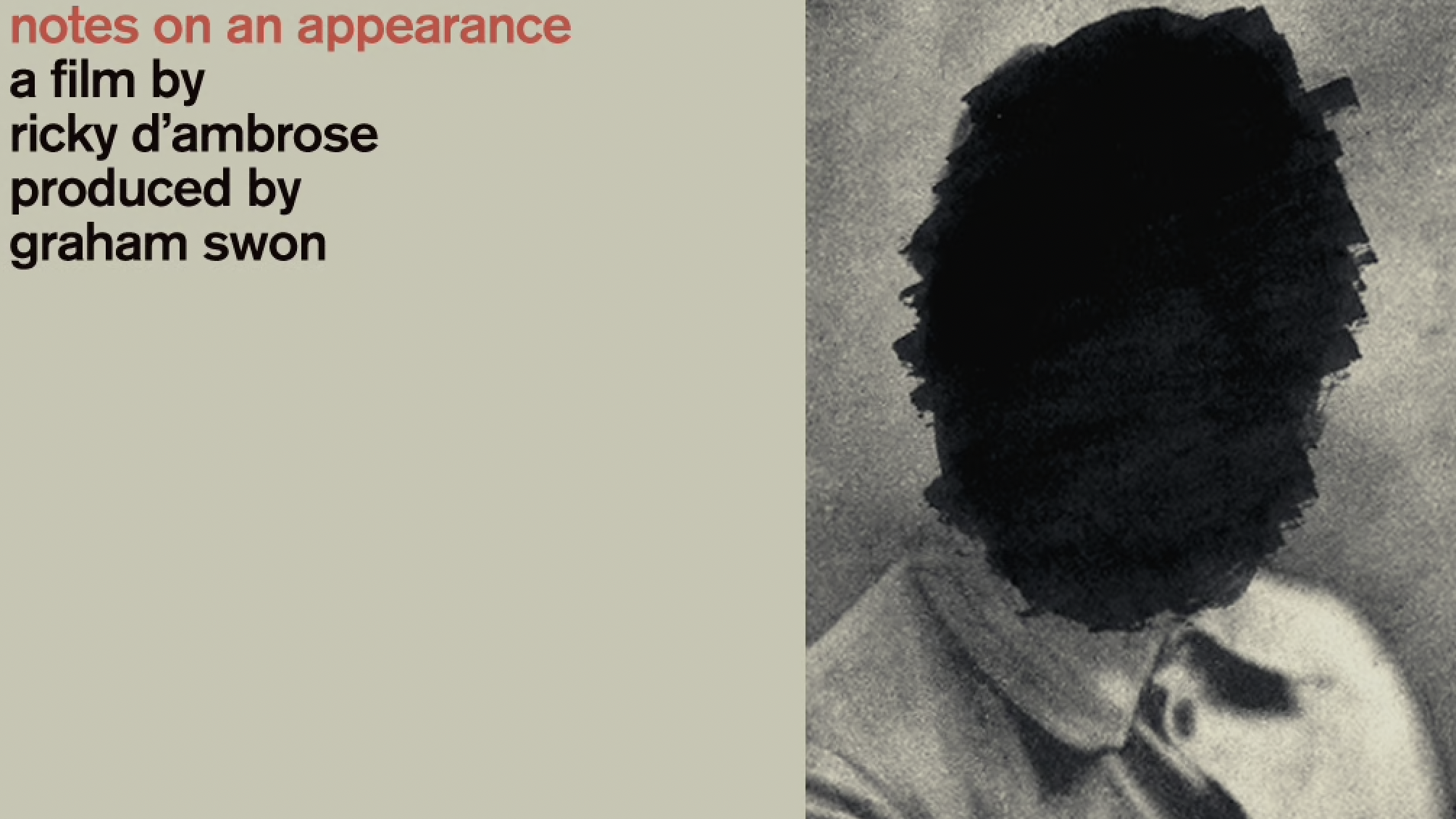How to Run a Kickstarter Film Project, Part 1: From Set-up to Launch
Kickstarter’s Film team answers all the most common questions asked by Film creators interested in running a campaign.

First things first: How do Kickstarter fees and taxes work?
Fees: If your Film project succeeds, Kickstarter receives five percent of the amount raised. Our payment processor, Stripe, also receives three to five percent for processing fees. Learn more about our fees based on your location here.
Taxes: You gotta pay ’em. Read our guide to Kickstarter and taxes.
How long should I spend preparing my campaign before launching?
It depends on where you’re starting from. If you’re starting from scratch, we typically recommend six to eight weeks to prepare your Film campaign and outreach strategy for launch.
Preparation includes (but is not limited to):
- Writing your project description
- Making your video
- Developing your rewards (this can take longer than you’d expect!)
- Deciding on a funding goal and campaign length
- Assembling a database of contacts
- Preparing a plan for social media promotion
- Writing a communications plan for the duration of the campaign
If you’ve already completed some of this prep, then you might be able to launch in as little as two to three weeks.
Do I need a website or social media presence before launching?
The best practice is yes, because social media can be a great way to inform the largest number of people about your project.
However, we don’t recommend creating social media accounts for your film at the same time as you launch your campaign. If you’re able to launch your accounts weeks or months in advance and take some time to build up your audience, then do. If you already have personal social media accounts, you can use those. In either case, if there are existing social media communities (e.g. Facebook groups) that directly engage with the ideas your film addresses, then join them.
When it comes to platforms, follow your heart. If you feel most comfortable in the ephemeral abyss of Twitter, tweet! If you only like Instagram, do that. If you have an audience on TikTok, then great. You’re going to be at your best when you are most you. And if you hate it all, you certainly aren’t alone—but you should consider finding someone who gets you, gets your project, and can navigate those channels on your behalf.
Who will back my campaign?
The majority of the backings for your project will, to begin with, come from your extended network—i.e., people you know and people they know. We’ve seen that around 76 percent of a Film project’s funding comes from the creator’s own network.
That said, certain projects lend themselves more easily to support from internet strangers, particularly projects that speak to specific communities with niche interests or that have an existing fanbase. For example, this documentary about Bill Nye connected with his existing fans and invited them to be a part of making the film possible. The short film O Holy Ghost featured and was produced by actor Ben Whishaw, which helped it reach a large audience of his fans.
If your film falls outside that rubric, don’t fret. Films are multidimensional and intertwine a number of themes and ideas. Untie those themes, find the communities that are most dedicated to exploring and supporting those ideas, and speak to them directly. Check out the project video and description for the short horror film The Three Men You Meet at Night for a good example of how to break down the ideas and themes a film explores.

The best way to reach backers is to consider your audience before you even build out your campaign.
Most importantly:
- Figure out who your audience is, where they live online (where on the internet they spend their time, who they interact with, what they read and listen to, what they comment on), and how you can best reach them.
- Collect all of your contacts—friends, family, coworkers, collaborators—in one spreadsheet or database.
- Consider how you’ll share your project with your audience once your campaign is live—by email? In person? On social media? On which platform?—and how you’ll tailor your messages to each segment of your audience and each platform.
What is a fiscal sponsor, and should I get one?
A fiscal sponsor is a nonprofit organization that can offer its legal and tax-exempt status to Kickstarter projects related to its mission. By using a fiscal sponsor, granting organizations and private donors can get the benefits of donating to a 501(c)(3) nonprofit—like tax deductions—while sparing you the hassle of becoming a nonprofit yourself. Additionally, the fiscal sponsor manages the project’s money and reports to funders and tax agencies.
If you’re using a fiscal sponsor for your Kickstarter project, the money you raise will be transferred directly to the fiscal sponsor’s bank account at the end of your campaign (if it’s successful). It will then be regranted to you by your fiscal sponsor, minus their fee, which is usually between 9 and 15 percent.
If you think your backers will be more likely to support your project if their pledges are tax deductible, then finding a fiscal sponsor might be a good idea. However, bear in mind that you will be subject to additional fees: when you’re calculating your budget and funding goal, you’ll need to add your fiscal sponsor’s fees to Kickstarter’s 5 percent fee and our payment processor’s fees.
Lastly, if you’re planning to use a fiscal sponsor for your Kickstarter project, you must secure them prior to launching your campaign. You’ll enter their bank details instead of your own as the destination for your funds when you’re building your campaign. Your project’s bank account information can’t be changed once it goes live, so you’ll have to have this arrangement locked in before you launch.

What should I include in my project description?
A potential backer reading your project description should be able to walk away knowing what you’re making, why you’re making it, what you need in order to make it, and what they’ll get in return for supporting you.
When you’re telling your story, be sure to address questions like:
- What is your film about?
- Who is working on it?
- Why are you the right person/people to make it?
- What is urgent or relevant about this story at this moment in time (in other words, why make this film now)?
- What stage of the filmmaking process are you at, and what is your anticipated timeline for completing it?
- What will the Kickstarter funds help pay for?
For additional tips on crafting your project page, check out our list of Kickstarter Film story prompts.
In addition to telling your story, be sure to include plenty of images that illustrate what you’re making. Place an image every two or three paragraphs in order to make your page easier to read. (Read our tips for selecting project images here.) Take a look at the project pages for The Chicken and Last Black Man in San Francisco for an example of good, strong imagery.
If you don’t have great images of your own, feel free to embed videos of your past work, create mood boards using content that is free for public use (see below), and any other material that’s relevant to your project.
Can I use copyrighted material on my project page?
Don't use anything that you don't have the rights to. The easiest way to avoid copyright troubles is to create all the content yourself or use content that is free for public use.
Creative Commons allows you to legally use “some rights reserved” music, movies, images, and other content for free. You can also find free-to-use images through Google Search by filtering your results with an Advanced Search filter called “usage rights.” Find out more from the Google Help Center.
I'm making my project video. What advice do you have?
Although videos are not required for Kickstarter projects, we recommend that Film creators always include a video. Similar to your project description, your video should tell potential backers what you’re making and why it matters.
Some additional tips for your project video:
- Keep it short—two minutes or less.
- Include brief clips of your film—even if they’re works in progress—and/or previous work.
- Make sure your director appears in it, even if briefly, and even if it’s only their voice.
What kinds of rewards should I offer?
The most common Film rewards include things like:
- Access to view the finished film
- Access to your previous films
- A PDF of your screenplay
- A thank you in the film’s credits
We strongly discourage you from offering Producer credits (including Associate Producer, Producer, and Executive Producer) as rewards.
As of March 2024, the Producers Guild Association (PGA) has introduced a new policy discouraging filmmakers from using the word “producer” in their crowdfunding rewards. A project offering any “producer” credit as a reward to backers will not be recognized by the PGA as a basis to qualify for membership or leadership in the Guild, regardless of any individual’s involvement (or lack thereof) in the crowdfunding campaign.
You can find more detailed information about this new policy on the PGA website here. For additional questions about this new policy, contact members@producersguild.org
Keep these points in mind as you craft your rewards:
- Offering access to view your film is a great reward! But if you’re hoping to lock in a distribution deal (for example, with a streaming site), we don’t recommend offering a digital download of your film. Instead, offer backers digital access or a digital streaming link so you have a little more control over where the finished film ends up.
- While producing physical merchandise (for example, T-shirts) for your backers might be appealing, we recommend focusing on digital rewards for reward tiers of $50 and less. Since the production and postage costs will come out of the funds you raise on Kickstarter—not to mention the time drain of packaging and mailing merchandise—you’ll want to think about meaningful rewards that you can send to backers via email.
- You’re required to put an estimated delivery date on each reward tier, so be sure to set realistic delivery expectations. Give yourself a healthy buffer to account for the time needed to produce, package (if applicable), and deliver your rewards.

What should my funding goal be?
The average amount a Film project raises on Kickstarter hovers around $12,000, with the average short film raising $5,600.
Kickstarter uses an all-or-nothing funding model, meaning you have to hit your funding goal by the end of your campaign to receive the funds. If you don’t reach your funding goal, your backers won’t be charged and you won’t receive any money. Keep in mind that once your campaign begins, you can’t change the funding goal or the duration of the campaign.
You’ll need to figure out a funding goal that is both achievable—given your understanding of the support you can expect from your community and your capacity to reach people beyond it—and that will allow you to get your film to the next stage. Filmmakers often set a funding goal that will allow them to cover the cost of production or specific part of post-production, like color correction or sound mix. You might want to create a spreadsheet of committed or expected pledges from your personal network to help you calculate this sum.
We also recommend letting your backers know from the beginning what you will do with additional funds if you’re lucky enough to surpass your funding goal. For example: “With an extra $1,000 we can secure additional music licensing rights; with an additional $2,000 we can also hire a composer.”
How long should my campaign last?
Most projects should set their campaigns to run between 14 and 35 days. (If your project goal is $25,000 or more, we recommend the longer end of that range.)
Consider your end date as well as your start date: Select an end date and time that best allows you to amplify the final days and hours of your campaign. You don’t want to end your project on a national holiday or early in the morning when potential backers won’t be online.
What time of year should I run my campaign? Are there higher success rates for projects in certain months or seasons?
The most important factors to consider when deciding on your launch date are when you will have the most time to spend working on your campaign and when your audience will most likely be online to support your project.
If you know you always have a lot going on during the holidays at the end of the year, for example, it might make more sense to wait to run your project in the new year, when you can dedicate more time to the campaign. Likewise, if the majority of your friends and family go on vacation in August, you might consider running a campaign in September when they’re mostly back online. We also suggest avoiding launching or ending your campaign on or directly around a national holiday.
What can I do to become a Project We Love?
When a project stands out to our team, we give it a “Projects We Love” badge and may feature it on our homepage, in newsletters, or on social media. Read about how we choose projects to feature here.
Here are a few things we look for in Film projects specifically:
- An engaging project video that introduces the film you’re making and the team and motivations behind it. Your project video doesn’t need to be a super-slick trailer, but it should visually communicate your aesthetic as a filmmaker and give your audience confidence in your ability to tell stories through video.
- Thoughtful rewards that offer opportunities to engage with your film, your creative process, or your team. Ideally, these rewards will also be priced appropriately. For example, we see most digital links to films offered at around $20 to $35, DVDs or Blu-rays around $50 to $100, and exclusive opportunities to engage with the creation of the film—a set visit or a chance to be an extra, for instance—at much higher price points.
- Beautiful, high-resolution images that help tell your story.
- A comprehensive written description of the scope of your film project, what you’re raising money for, and what is compelling or exciting to you about the film you’re making.
What are custom referral tags, and how do I use them?
Situated within the Creator Dashboard, which gives creators a bird’s-eye view of the latest activity on a live or completed project, custom referral tags are custom links that help you track how many backers and how much money is coming from a specific channel. Read this guide to using them.
Can I get feedback on my Film project before I launch?
Your shareable preview page shows what your project will look like when it’s live, including the title, video, description, and rewards. Share this page with close collaborators and trusted advisors for feedback on everything from copy to images to reward tiers.
Should I prepare a promotion strategy before I launch?
Yes! The more preparation you do before launch, the better positioned you’ll be when you go live. Think of your campaign promotion like a production schedule.
Here are some recommended steps to take before you launch:
- Make a list of your current supporters. Think of everyone you know: people you trained with and worked with; people who have supported you and who you have supported; people you were in film school and band camp and chess club with. No connection is too remote.
- Create a spreadsheet. Include emails, social media handles, and phone numbers for your contacts. Make a note of how you know each person, as you may want to contact people in batches.
- Draft some emails. We’ve found email to be the most effective way to get people to back your project. Write personalized notes whenever possible; make your message friendly, honest, and frame it more like an invitation than an ask. Make it enticing—a chance to come aboard an exciting project. If it feels uncomfortable to ask people to contribute directly, ask them to refer you to people who could be interested in backing, or to share it with their networks.
How do I pitch my Film project to press?
If you’re interested in securing press coverage for your project, you’ll need to do some homework. Research which writers and publications might be most passionate about your project, and personalize your message to them.
Keep your communications short and sweet, and don’t dedicate too much time to pitching film press. The majority of film publications now view filmmakers using Kickstarter as a legitimate, but not necessarily newsworthy, funding source. Unless you believe you have a unique angle that film press are likely to want to pick up, it would be better to devote that time and attention to pitching smaller outlets, local newspapers, and focused blogs, which usually have pretty dedicated followers.
Now that you’ve built your campaign, it's time to launch! Read our next guide which takes you from launch to fulfillment.
Stay in the know about what’s happening in Film on Kickstarter by subscribing to our newsletter.


